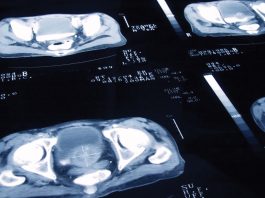Innovative bioinformatics studies conducted by researchers at the University of Miami, USA, combine cutting-edge computer science techniques with leading biomedical technologies to help scientists see every aspect of the genome in super-resolution 3D.
University of Miami researcher Zheng Wang, who specialises in bioinformatics research, recently received a five-year $1.82m Maximizing Investigators’ Research Award (MIRA) to develop more complex computational algorithms that will enable closer looks at the 3D genome.
Wang said: “This award will help me develop a new 3D perspective for studying the genome. Over the next five years, I hope to develop computational algorithms to reconstruct the 3D genome structures of single cells and build deep-learning algorithms to enhance the resolution of what’s known as Hi-C, the biochemistry experiment for detecting spatial proximity between different parts of the genome.”
Although Wang is the sole principal investigator of the award, he will collaborate on this research with Miller School of Medicine’s neuroscientists Vance Lemmon and John Bixby. Their lab is providing samples of mouse genomes to help Wang examine the changes of the 3D genome structures during the regenerative process of damaged neuron cells.
Genome research using computer programs and Hi-C experiments
He is also using chromosome conformation capture (Hi-C) data generated by other biochemistry labs that use the human brain, liver, spleen, stomach, and cancer cells. “Neither a computer program nor the Hi-C experiment can directly detect the 3D genome structure. But a biochemical wet lab can provide the cells, or Hi-C data, that will enable me to create the intelligent algorithms to build the 3D genome structures and then analyse them very, very closely,” Wang explained.
The award also will help Wang answer scientific questions on how the structure of the genome influences gene regulation and other important biological processes of the cells, as well as the role of the long non-coding RNAs in the formation of genome structures.
“The scientific question that fascinates me is why the 3D genome structures are different and what consequences these differences will lead to,” said Wang. “With this award, I hope to answer fundamental and biological questions that can then be used when studying the genome. One of my goals is to help other scientists develop further research so that they can go deeper into the genome and be able to study specific diseases.”








